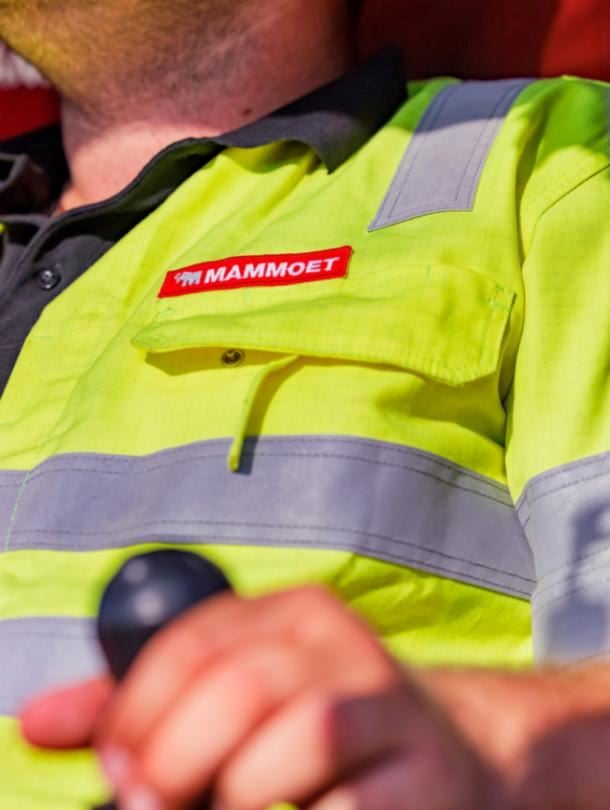Civil works, which can be expensive and occasionally discover hazardous substances, can be avoided thanks to the crane’s low ground bearing pressure, at 10t/m2.
Finally, project risk can be lowered, as fewer maneuvers need to be performed over existing pipe racks, live plant, and surrounding people.
As the FOCUS30’s boom is assembled using modular sections, the crane can be brought to site and maneuvered into position quickly, shortening its erection time and therefore helping refineries keep schedule and save money.
In the city, less space must be cordoned off for projects to take place, as no sterile area must be set aside for assembly of a crane boom. This helps to lower the permitting burden on construction companies, as less disruption is caused overall.







